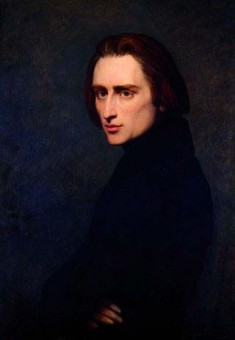

3 Liszt intentionally and unashamedly pushed all kinds of musical boundaries, such as testing the limits of illustrating programmatic elements in music, pushing diatonic harmony to its breaking point, and radically altering the Classical conception of form. Liszt’s Symphonic Poems were divisive, “alternatively exalted and damned by an army of critics.” 2 A large number of his hearers disdained and dismissed the new works, which they were unable or unwilling to understand.

1 For over a century after Liszt, the genre grew in popularity among composers and concert- goers, culminating in the Tone-Poems of Richard Strauss. Liszt’s works were an essential, perhaps even the most important, landmark in the development of Programme music and contemporary orchestral literature. The crown jewel of Liszt’s creations was the Symphonic Poem, a new genre of orchestral music he pioneered in order to breathe new life into the orchestral repertory and exemplify all that he believed Zukunftsmusik ought to be. At the forefront of the avant-garde was Franz Liszt, piano virtuoso-turned-composer who strove to carry music into its next stage of development. A group of musicians claiming to represent Zukunftsmusik - the “music of the future” - emerged, leaving a firestorm of controversy in its wake. Among its most important topics of debate were the war between Programmatic and Absolute Music and the Romantics’ treatment of form. The Romantic Era of music was filled with turbulent chaos as composers and critics alike quarreled bitterly over how music ought to be composed and performed.


 0 kommentar(er)
0 kommentar(er)
